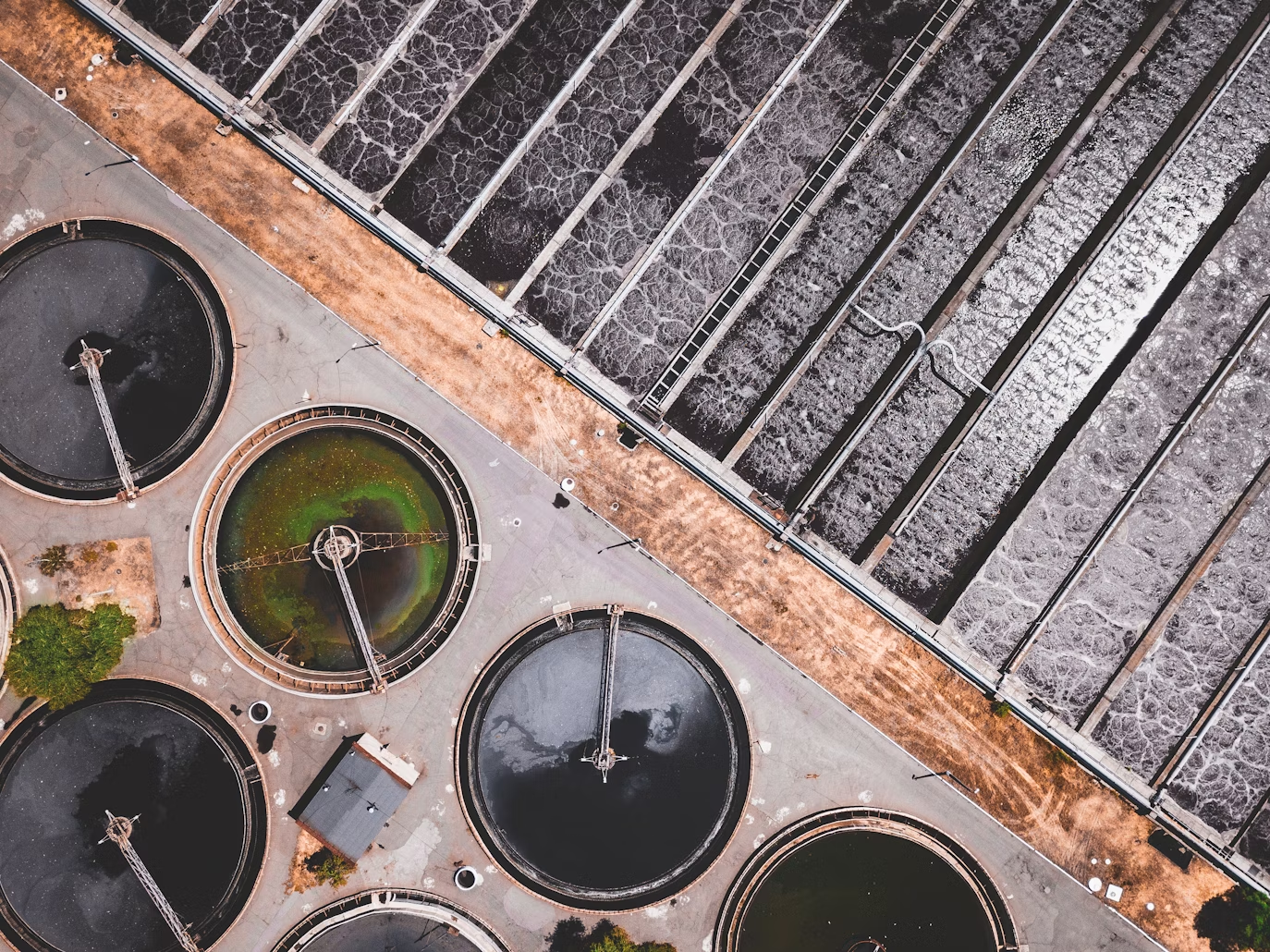Per- and polyfluoroalkyl substances (PFAS) have become a significant environmental concern in the United States. These synthetic chemicals are prevalent in products like firefighting foams, nonstick cookware, and water-repellent fabrics.
PFAS are highly resistant to natural degradation, leading to widespread contamination of water bodies. This persistence poses complex challenges for remediation.
States like New Jersey are especially affected, with 34 community water systems reporting elevated PFAS levels. NorthJersey.com reports that the Middlesex Water Company, which serves 233,000 people, is the largest water provider exceeding the EPA’s safety standards.
Efforts to mitigate this contamination involve millions of dollars in expenses to purchase filtering equipment, but significant challenges remain.
In this article, we will explore the specific challenges of cleaning up PFAS in rivers, lakes, and groundwater. Additionally, we will highlight innovative solutions being implemented to address this critical issue.
Understanding PFAS Contamination
PFAS contamination, particularly from Aqueous Film-Forming Foam (AFFF), poses a significant threat, especially to firefighters who are frequently the first exposed. According to TorHoerman Law, AFFF, essential for fire suppression, contains PFAS chemicals known for their persistence and serious health risks.
The high incidence of occupational cancer among firefighters is believed to be strongly linked to exposure to these substances.
In 2023, the International Association of Fire Fighters (IAFF) reported that 72% of line-of-duty deaths among their members were due to occupational cancer. Similarly, in Canada, nearly 94% of line-of-duty deaths among professional firefighters were attributed to occupational cancers, highlighting the profound possible impact of these exposures.
Many firefighters have taken legal action against PFAS manufacturers as a significant cause of their health issues through the firefighting foam cancer lawsuit. As concerns over groundwater contamination have grown, these lawsuits have expanded to include broader public safety concerns.
Citizens across the country are now taking legal action against manufacturers, holding them accountable for the harm caused by PFAS contamination in water sources.
Challenges in PFAS Cleanup
PFAS is a relatively new contaminant, and ongoing research aims to find effective methods for its eradication. Several factors contribute to the challenges in filtering these substances.
Chemical Persistence and Mobility
Persistence: PFAS are known as “forever chemicals” because they do not break down under natural conditions, making them exceptionally difficult to remove from the environment.
Mobility: These substances can travel long distances in water, spreading contamination over large areas and complicating cleanup efforts.
Detection and Monitoring
Low Concentration Levels: PFAS are often present in water at very low concentrations, requiring highly sensitive analytical methods for detection.
Complex Mixtures: PFAS exist as a large family of compounds, each with varying properties and behaviors in the environment. This complexity necessitates comprehensive monitoring strategies.
Technical and Economic Constraints
High Costs: Remediating PFAS is costly, encompassing expenses for treatment, disposal, and ongoing monitoring. Recent findings from the water sector and state regulators indicate that the anticipated costs of addressing PFAS contamination are expected to surpass initial estimates. Congress and the EPA may need to revise their cost projections accordingly, as noted by the American Water Works Association.
Technical Limitations: Many conventional water treatment methods are ineffective against PFAS, necessitating the development and implementation of specialized technologies.
Innovative Solutions for PFAS Remediation
Innovative solutions for PFAS remediation are crucial for tackling global contamination challenges. These emerging technologies offer effective pathways to mitigate PFAS pollutants from soil, water, and other mediums, shaping future environmental cleanup practices.
Advanced Oxidation Processes (AOPs)
Mechanism: AOPs utilize powerful oxidants, such as ozone, hydrogen peroxide, and UV light, to break down PFAS molecules into less harmful components.
Applications: These processes are being applied in treatment plants and in-situ remediation projects to degrade PFAS in contaminated water sources.
Activated Carbon and Ion Exchange
Activated Carbon: Granular activated carbon (GAC) is effective in adsorbing PFAS from water, though it requires regular replacement and proper disposal. According to a study reported by the EPA, GAC filtration effectively treats 76–87% of over 400 commercially available PFAS chemicals.
Ion Exchange: Ion exchange resins selectively remove PFAS from water, offering a viable solution for treating contaminated groundwater and industrial wastewater.
Membrane Filtration
Reverse Osmosis (RO): RO systems can effectively remove PFAS by forcing water through semi-permeable membranes, leaving contaminants behind. It can remove 96% to 100% PFAS, as per a study published by MDPI.
Nanofiltration: Similar to RO, nanofiltration offers a balance between filtration efficiency and operational costs, suitable for large-scale water treatment.
Electrochemical Treatment
Principle: Electrochemical oxidation uses electrodes to create reactive substances that break down PFAS in water. According to ACS Publications, the treatment system achieved an average degradation of 50% for all types of PFAS. Long-chain PFAS degraded up to 86%, while short-chain PFAS degraded up to 31%.
Advantages: This method offers a potentially sustainable solution with lower chemical usage and reduced waste generation.
FAQs
What is electrochemical treatment?
Electrochemical treatment is an advanced technology that utilizes electrodes to generate reactive species within water. These reactive species, such as hydroxyl radicals and chlorine radicals, are powerful oxidants that can degrade contaminants present in the water. This technology is particularly effective for treating contaminants like PFAS.
Which cancers are linked to AFFF exposure?
Studies have highlighted significant associations between exposure to per- and polyfluoroalkyl substances from aqueous film-forming foam (AFFF) and the risk of developing various cancers. Notably, PFAS exposure has been linked to kidney cancer, testicular cancer, prostate cancer, and certain types of leukemia.
How long do PFAS persist in the environment?
Some PFAS can persist in the environment for decades or even longer without breaking down, earning them the nickname “forever chemicals.” This extreme persistence contributes to their bioaccumulative nature, meaning they can build up in living organisms and ecosystems over time.
In conclusion, PFAS contamination in water bodies presents a formidable challenge due to the persistence and mobility of these chemicals. However, innovative remediation technologies offer promising solutions to mitigate the environmental and health impacts of PFAS.
By leveraging these advanced treatments, significant progress can be made in cleaning up contaminated water bodies. Investing in research and collaboration is crucial for overcoming PFAS cleanup challenges and safeguarding our water resources for future generations.
Keep an eye for more news & updates on TimesAnalysis.com



